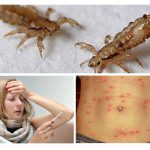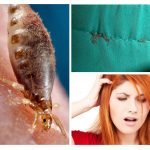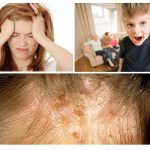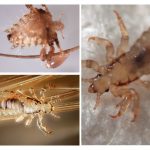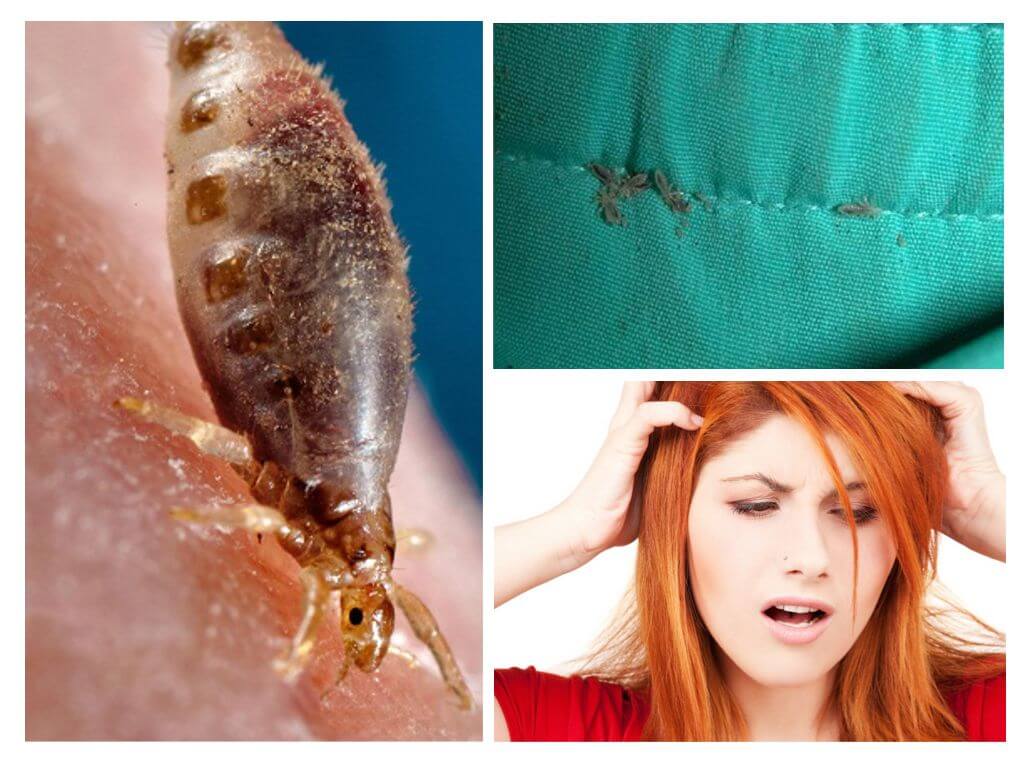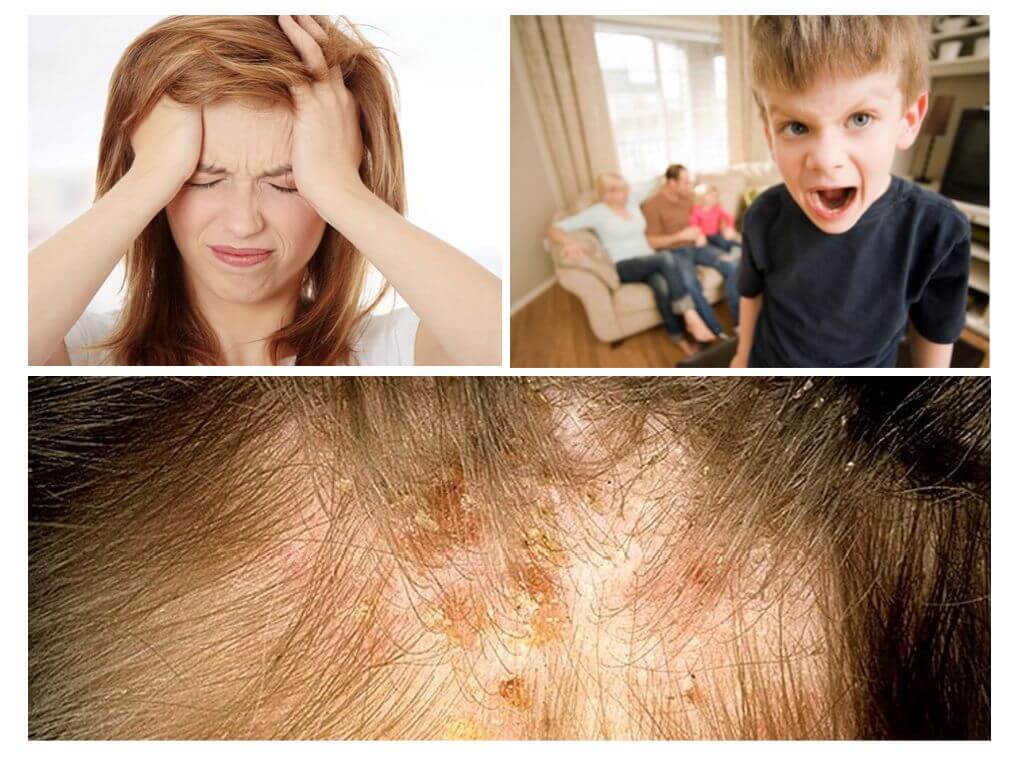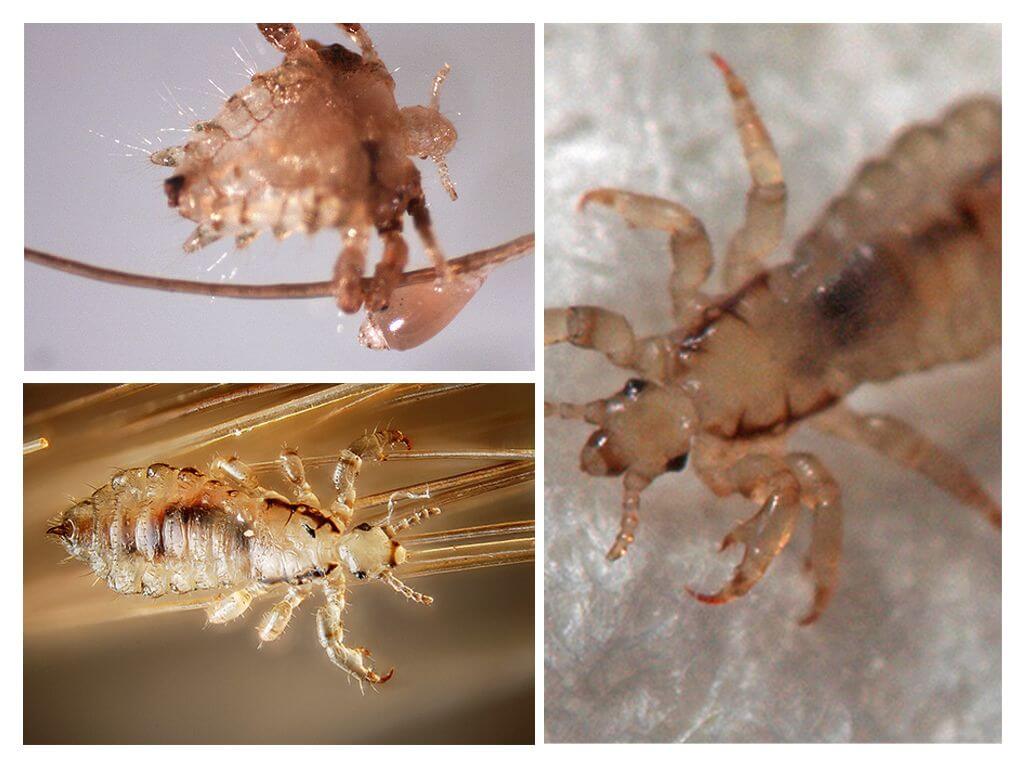What diseases carry lice
Content
- Lice disease
- Lice infection
- Effects of lice
- Types of lice
Pediculosis - an unpleasant disease caused by ectoparasites. Insofar as lice they feed on blood and it is not known in what places they visited in their entire life, the infected people have serious health concerns. What diseases carry lice, what is the risk of infection with lice for a person?
What diseases carry lice
Parasitic lifestyle, constant contact with blood suggests a person that it is possible to get infected from a small insect with terrible diseases. How justified are these concerns?
Lice are carriers of typhus and fever. And yourself lice bites do not carry danger. Infection occurs in case of pressure on the louse. Infected blood of the parasite enters the wounds on the human skin, enters the body. Nit is not contagious.
Typhus
Symptoms of the disease appear in the first week of the disease. A rash of small pink spots or yellowness appears on the skin. A day later, other unpleasant symptoms join:
- fever;
- chills;
- thirst;
- vomiting;
- pain in the back, legs;
- fever.
All signs of intoxication are similar to the flu virus, if not for a skin rash or jaundice.
Acute form of typhus lasts about a week. Then, the visible symptoms begin to disappear, but serious complications are possible. There is a disorder of the nervous system, thrombosis, pathology of the circulatory system. When a pulmonary artery is blocked, death occurs.
Against the terrible disease there is a vaccine that protects a person for several years. They make it according to plan for children, adults who are at risk - travelers, volunteers, doctors. In the event of defeat, the vaccine is contraindicated.
Important!
The carrier of infection is lice. Disease cells are located in the intestine. It falls on the surface of human skin through stool. On clothes, the infection lasts for about 30 days. But in most cases, infection occurs through the blood of a crushed insect. The transfer of disease cells by the female to the offspring is not carried out.
Fever
Trench or Volyn fever is not a fatal disease. Carry lice, other insects that parasitize the human body.
Symptoms are similar to the flu virus. The disease develops rapidly with fever, chills, fever, weakness. Later, headache, nausea, muscle aches are felt. Symptoms disappear in a few days. Treatment is no different from the treatment of influenza, colds.
The pathogen is in the digestive tract of the insect, gets on the skin along with feces.Lice cannot transfer disease cells with saliva into the human body.
Ways of spreading diseases - ectoparasites. Lice do not infect themselves, but are carriers, infect the host. The infection persists in the body of an insect all its life.
Myths about terrible diseases
A certain proportion of people assume that lice are carriers of the hepatitis B virus, AIDS. It is assumed that biting the patient, the parasite itself becomes infected, and when it bites, it passes the infection to a healthy person. There are dangerous virus cells on the hair.
Nature disposed somewhat differently. Lice do not become infected by humans; they are not capable of carrying the virus. Pathological cells, getting into the body of an insect, are neutralized. Bacteria destroy saliva. When a person is bitten, your lice does not transmit viruses, bacteria, other pathogens.
The only trouble with lice is an allergic reaction. A person does not feel an itch right away, as allergens accumulate in his blood. For the first time, a person begins to sound the alarm even when the first generation of lice appears. Nymphs begin active feeding, the number of bites, the indicator of allergens in the blood increases.
There are not so many diseases that spread lice. But, if an infection of typhus occurs in the human body, the consequences can be dire. It is very important to comply preventive measuresmake timely pediculosis treatmentto use professional preparations, effective folk remedies.
Ways to spread pediculosis
Lice is transmitted in close contact with a sick person, his things. It is impossible to get head lice during a handshake. But, if you are in the same room with a patient for a long time, you can catch lice.
How does pediculosis infection occur?
The rapid prevalence of the disease prompted mankind to invent all sorts of myths - lice jump long distances, fly. The insect has no wings, all the limbs are equally developed, which does not allow lice to jump or fly.
Human head louse crawls fast. For a minute, she is able to overcome a distance of about 35 cm. Due to curiosity or negligence, she crawls onto a person's clothes, falls to the floor, a pillow. Crawling can only on a rough surface.
Infection occurs when placing your clothes near the things of a sick person, using his comb, hats. If you spend the night in bed, where the patient was less than a day ago.
Interesting!
Certain period of time parasites live outside the human body. Lice can swim on water for about 2 days. If at this time they get a man without a swimming cap, louse will take advantage of the opportunity. Infection with pediculosis will occur in the water.
Where the infection occurs
Pediculosis is spread in public places. Can suffer the most well-groomed person. You can pick up lice in:
- the hospital;
- camps;
- holiday house;
- swimming pool;
- the school;
- kindergarten;
- in groups for extracurricular activities;
- at work;
- in transport.
Most lice are in prisons where sanitation is given very little attention. Pediculosis is distributed in dysfunctional families, among people without a certain place of residence.
Children and teenagers are always in the high risk zone. The main reason - carefree lifestyle, ignorance. Children often embrace during the game, exchange things, hairbrushes.Teenagers lead active lifestyles, visit various public places, spend the night at friends and girlfriends. Facilitates the infection of head lice close contact with the heads when kissing.
Effects of lice
The disease itself is not dangerous to health. Even with severe infection, severe blood loss is excluded. Despite the fact that your louse eats every 2 hours for 40 minutes, drinks a minimum amount. Main lice symptom - severe itching. There is no particular danger of this phenomenon either. But there are concerns about the consequences of judging how dangerous are lice.
- Severe itching makes you constantly scratch your head. Scars, abrasions, wounds appear on the skin. Attaches a secondary infection that causes inflammation, reproduction of pathogens.
- Unpleasant sensations irritate the nervous system. A person becomes nervous, aggressive. A child is crying, capricious for no apparent reason. Constantly there is a bad mood, nervousness.
- Itching keeps you awake. Sleepless nights affect well-being. There is a weakness, headache, dizziness. Immunity weakens.Against the background of all this, the protective reaction of the body decreases, a person becomes vulnerable to various viral, bacterial diseases.
On pediculosis is not to say. This shameful disease is reflected in social relationships. The lousy person is shunned, feared, despised. Especially this situation is typical for teenagers. A child can get a strong psychological trauma, the help of a qualified specialist will be required.
Human head louse
In nature, there are 3 types of lice:
- clothes room;
- pubic;
- headache.
The latter occurs most often, lives on the head, annoying a person with bites and severe itching.
Incubation period of the disease Lasts 10-14 days. Getting on the head of a person, lice begin to lay eggs-nits. Daily 4 or more eggs. Fastens them with a sticky substance to the hairs at a distance of 1 cm from the roots. How do lice and nitsshown in the photo.
Larvae develop from 10 to 14 days. Immediately after birth, they begin to parasitize. During the week there are 3 molts, gradually increasing in size. Symptoms of lice are manifested.
On a note!
At the last stage of development in the nymphs are formed genitals. After a week of its existence, a new generation starts mating. The eggs are laid by the female 2 hours after fertilization. Seminal fluid from the first contact is enough to reproduce offspring all her life - 45 days.
Lice feed exclusively on human blood. The procedure lasts about 40 minutes, every 2 hours. When a bite insect secretes a special substance that thins the blood and causes an allergic reaction. A person feels a strong itch that does not go away after a slight scratching. We have to "tear" the skin to the blood.
Interesting!
Pediculosis is developing rapidly. Within a month, a whole population of parasites appears on a person’s head. However, even with a strong infection on the head of adults, no more than 200 pieces. Constantly there is a struggle for survival. The weakest lose ground, leave the head of a person.
The effects of pediculosis relate to the physiological, psychological aspects of life. In order to avoid trouble it is necessary to carry out treatment in time.

